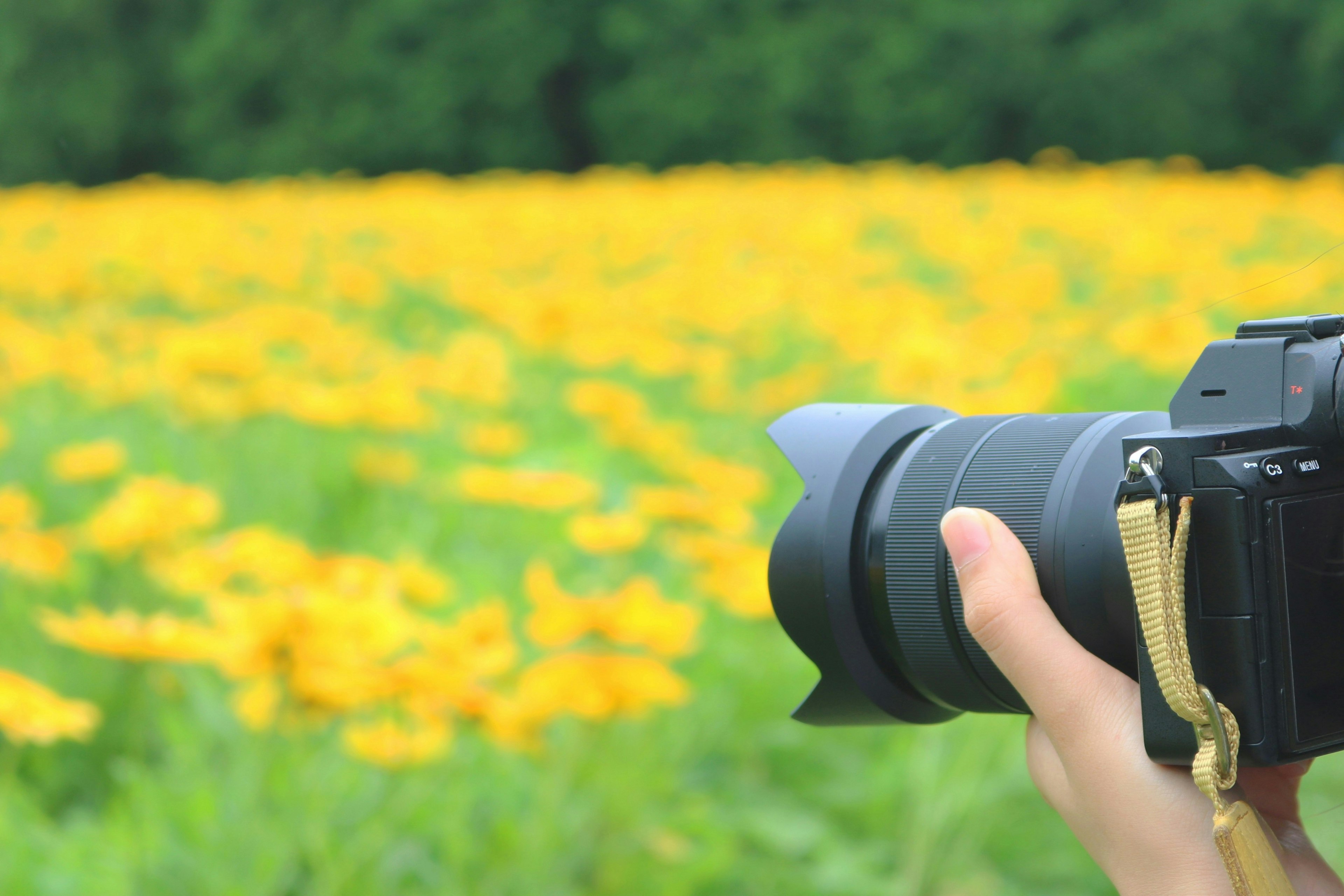
Cover image by らっしぃ
The camera industry has long been dominated by DSLR cameras. However, with the introduction of mirrorless cameras in the late 2000s, featuring a lightweight and compact design along with advanced features, they quickly took over the market.
The evolution of cameras that combine the optical viewfinder benefits of DSLRs with the digital technology of mirrorless cameras has provided new options for photography enthusiasts and professional photographers alike, continuing to evolve today. This article explores the industry's reaction during the transition from DSLR to mirrorless, delving into the advantages of both to help you determine which best meets your needs.
Transition from DSLR to Mirrorless
In 2008, Panasonic released the "LUMIX DMC-G1," marking the debut of the world's first mirrorless camera. This new camera system, by eliminating the mirror, allowed for a lighter and more compact design. Initially, mirrorless cameras, in their pursuit of compactness, lagged behind DSLRs in AF speed and continuous shooting performance. However, with the introduction of Sony's "NEX series" and the full-frame mirrorless "α7 series" in the 2010s, mirrorless cameras rapidly established their position.
Initially, there were skeptical voices among professionals and enthusiasts accustomed to DSLRs, but as technology advanced, their performance and convenience began to be appreciated.

Image by yu.foto__
Advantages and Disadvantages of Mirrorless Cameras
Compact Design and Adoption of Latest Technology
The biggest advantage of mirrorless cameras is their lightweight and compact design, which is highly appealing to users who enjoy travel and everyday snapshot photography. Especially full-frame models like Sony's "α7 series" offer DSLR-level high image quality while being smaller and easier to carry.
Additionally, the rapid adoption of the latest technologies allows for versatile and flexible shooting, such as 4K video recording and high-speed continuous shooting. However, on the downside, the shorter battery life necessitates spare batteries for extended shooting, and some professional users find the visual delay of electronic viewfinders unsatisfactory.
Evolution of Practicality and Adaptation for Professional Use
Initially, mirrorless cameras lagged behind DSLRs in AF speed and continuous shooting performance, but by the late 2010s, these issues were overcome, and they now offer performance suitable for professional use. For example, Sony's "α9" achieves high-speed continuous shooting without blackout, boasting performance comparable to DSLRs for motion photography. Additionally, Canon and Olympus have released high-function models with dust and moisture resistance and 5-axis image stabilization, making them reliable options for professional photographers. In this way, mirrorless cameras complement the shortcomings of DSLRs while continuing to evolve.

Image by 22kengin22
Robustness and Optical Viewfinder Appeal of DSLR Cameras
Advantages of Robustness and Battery Life
The strength of DSLR cameras lies in their robust body and long-lasting battery. Professional photographers particularly value the reliability of their durability in harsh environments. Flagship models from Nikon and Canon are designed to withstand shooting in deserts and extreme cold, and the long-lasting battery is crucial for not missing a moment during extended shoots. Additionally, the ability to directly view the subject through the optical viewfinder without visual delay makes them suitable for scenes requiring instant decisions.
Real-Time Visual Experience with Optical Viewfinder
The optical viewfinder of DSLR cameras allows you to see the actual subject directly through the shooting lens, providing a real-time view unlike the electronic viewfinder of mirrorless cameras. This lack of visual delay is advantageous for capturing fast-moving subjects in sports or wildlife photography. Furthermore, since the optical viewfinder does not consume battery power, it remains stable for long-duration shooting.
In this way, both DSLR and mirrorless cameras have their strengths, and choosing the optimal camera depends on your shooting style and purpose. The current evolution of mirrorless cameras preserves the traditional values of DSLRs while opening up new possibilities. The future evolution of both is exciting to anticipate.



